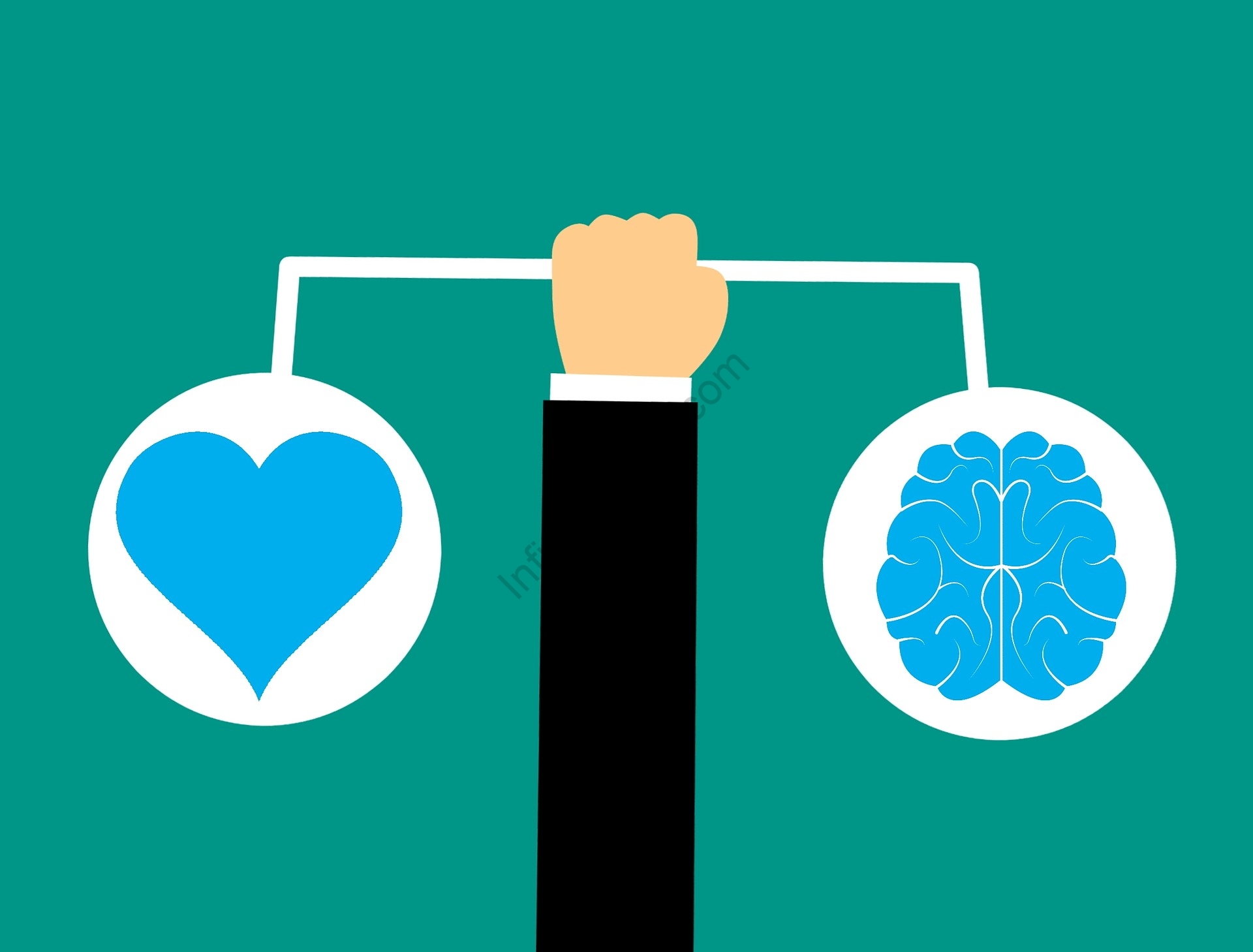Table of Contents
You may know a student’s IQ, but do you know what their EQ (emotional intelligence quotient) is? Emotional intelligence is not the same as cognitive aptitude, yet it is vital. Students will be better equipped to focus and achieve their potential both inside and beyond the classroom if you can teach them how to recognize and regulate their emotions.
In real-life situations, emotional intelligence refers to the ability to understand and control moods and emotions. Emotional intelligence, which is considered the beginning point for social and emotional skill development, might also predict academic achievement in the future.

What is Emotional intelligence?
To begin, let’s define emotional intelligence: it’s the capacity to recognize and manage your emotions. Emotional intelligence also entails harnessing your emotions to plan and achieve your objectives. Everyone’s EQ (emotional intelligence quotient or the assessment of emotional intelligence) can range from low to high, and it isn’t always linked to cognitive talents, like your IQ.
How can we develop emotional intelligence in children?
Many informational technology tools can aid in the development of emotional intelligence. Pear Deck, for example, has social and emotional learning (SEL) templates for Google Slides and Microsoft PowerPoint in its guided slide show application. Teachers in classes use the interactive Stress Check thermometer, which allows students to check-in along a scale indicating whether they’re in a good place to focus or if they’re having trouble managing emotions today.
Some slides are open-ended, with students being asked to describe what fills — or drains — their metaphorical buckets. When I completed this assignment with my students via remote teaching, the results were somewhat variable. Others conveyed their thankfulness for friends and family, while others stated their fears. They were actually grateful that I had asked at all. After students checked in, there was a discussion about self-care practices.
Near pod and Microsoft Teams, in addition to Pear Deck, provide SEL toolsets. Some professors utilize questionnaires, such as Google Forms, to keep track of their students. Reflective activities and mood boards—images of emotive faces with sentiments phrases (happy, calm, sad) that youngsters click on to match their moods—could also be included.
Gloria Wilcox’s 1982 Feelings Wheel, a visual taxonomy of emotions constructed around primary emotions of sad, mad, afraid, joyous, powerful, and serene, is adapted in several mood boards. Spokes branch out from these, identifying similar emotions.
The Feelings Wheel hangs in my son’s fifth-grade class, as it does in many others. It is used by students to recognize and label how they are feeling at any particular time.
Children as ‘Emotion Scientists’
The Mood Meter is a tool for checking your emotions that is similar to the Feelings Wheel but has a somewhat different purpose. The goal is for anyone, not just children, to become “emotion scientists,” as Yale Center for Emotional Intelligence founder Marc Brackett describes them.
“An emotion scientist has the ability to halt even in the most difficult moments and ask: What am I reacting to?” said Brackett in his renowned book Permission to Feel. Once we have acquired emotional abilities, we may learn to detect and understand all of our feelings, both integral and incidental, and then respond in useful, proportionate ways.”
Self-determination
“Learner-driven” means that students have a sense of control over their education, which is more than just a synonym for “student-centered.” Self-determination theory describes three factors: learner agency, or autonomy, emotions of competence, and relatedness.
Self-determination is a fundamental human need, and when people can’t have it in their daily lives, they find other ways to get it. One of the causes so many of us play computer games beyond work and school is because of this principle.
Kids can participate in brainstorming activities on a Google Jam board, and if they are enjoying such activities then further they can participate in inquiry-based activities. Teachers can tie role-playing to driving questions in project-based classrooms, giving students’ choices more meaning. Students in a math class can approach real-world problems as architects, while social students can take on the role of archeologists.
While high emotional intelligence is connected to positive social, emotional, and intellectual outcomes, the opposite is also true. Even if they have good cognitive skills, students with low emotional intelligence skills have lower overall academic accomplishment, according to statistics. Teaching and fostering emotional intelligence is one method to help all kids attain their full potential in the classroom.
Finally, if you’re a school principal, consider holding an emotional intelligence training course for your staff. Explain to instructors what emotional intelligence is, how to test it in their students, and what activities they may do in class to improve their students’ emotional quotients. Emotional intelligence training is connected to improved academic performance as well as a healthy school climate.
Also read: Time Management In Exam
Frequently Asked Questions
Q. Briefly explain emotional intelligence?
Ans: Emotional intelligence refers to the ability to understand and control moods and emotions. Emotional intelligence, which is considered the beginning point for social and emotional skill development, might also predict academic achievement in the future.
Q. How can we use technology to develop EQ?
Ans: Pear Deck, for example, has social and emotional learning (SEL) templates for Google Slides and Microsoft PowerPoint in its guided slide show application.
Q. What factors make Self-determination?
Ans: “Learner-driven” means that students have a sense of control over their education, which is more than just a synonym for “student-centered.” Self-determination theory describes three factors: learner agency, or autonomy, emotions of competence, and relatedness.



